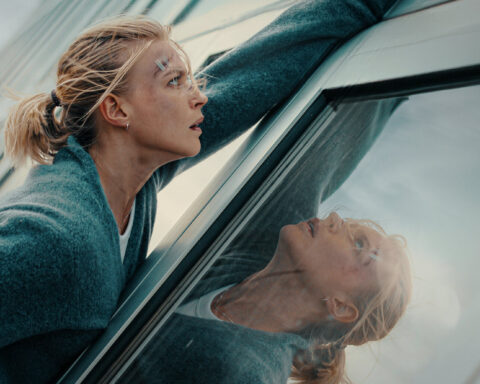Cindy Sherman stands as a titanic figure in the realm of contemporary photography, a subversive alchemist whose work dismantles and reconfigures the very foundations of visual art. Her photographic oeuvre, characterized by its bold experimentation and profound conceptual depth, has irrevocably transformed the landscape of contemporary art. Through her meticulous self-portraiture and an unyielding interrogation of identity, Sherman has crafted a visual language that challenges societal norms, disrupts conventional narratives, and unveils the multifaceted nature of human existence. This article delves into the intellectual and artistic currents that define Sherman’s work, exploring how her experimental approach has reshaped contemporary photography and solidified her place as a visionary artist.
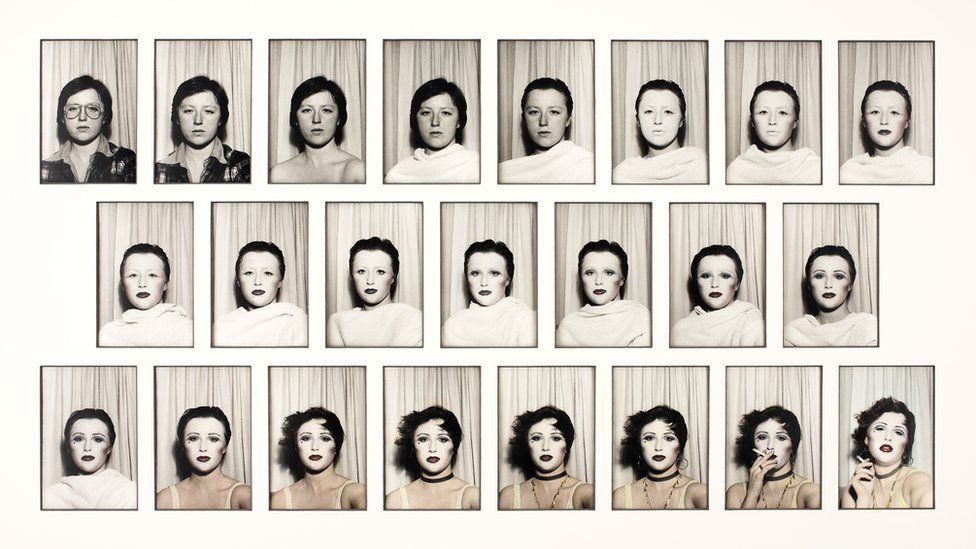
The Genesis of an Iconoclast
Cindy Sherman was born on January 19, 1954, in Glen Ridge, New Jersey, and raised on Long Island. Her journey into the world of art began at Buffalo State College, where she initially studied painting. However, it was photography that ultimately captivated her, offering a medium through which she could explore and challenge the representation of women in visual culture. Sherman’s early work, particularly the “Untitled Film Stills” series (1977-1980), marked her emergence as a formidable force in the art world. This series, consisting of seventy black-and-white photographs, depicts Sherman in various guises, each one evocative of a cinematic trope. These images are not self-portraits in the traditional sense; rather, they are meticulously constructed personas that critique the objectification and stereotyping of women in popular media.
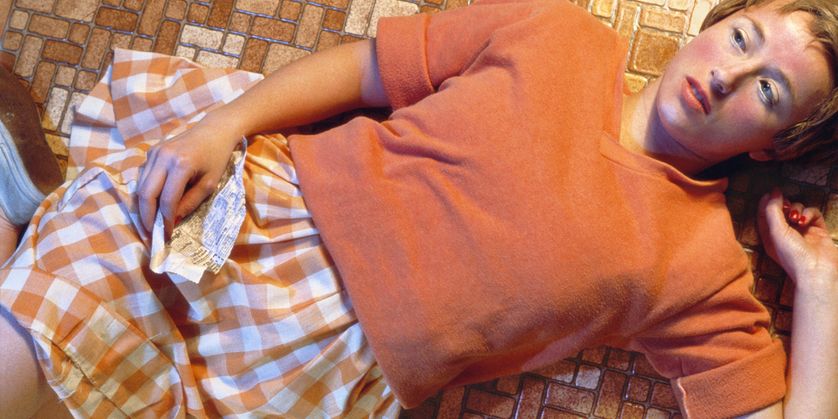


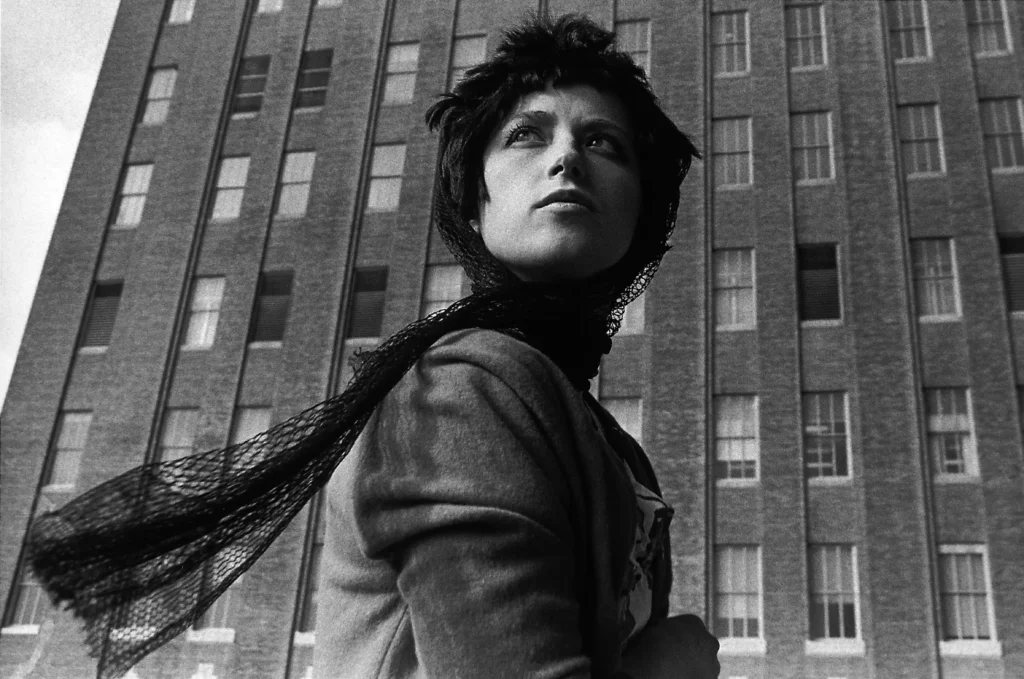

Subversion through Self-Representation
Sherman’s use of self-representation is revolutionary in its subversiveness. By transforming herself into an array of characters—housewives, movie stars, clowns, and historical figures—she disrupts the viewer’s expectations and exposes the constructed nature of identity. Her work challenges the notion of the photograph as a straightforward representation of reality, revealing it instead as a site of artifice and manipulation. This subversion is evident in series such as “History Portraits” (1988-1990), where Sherman recreates famous paintings from art history, inserting herself into the roles of various historical figures. These photographs are simultaneously reverent and irreverent, paying homage to the original works while exposing the inherent absurdity of their depictions.
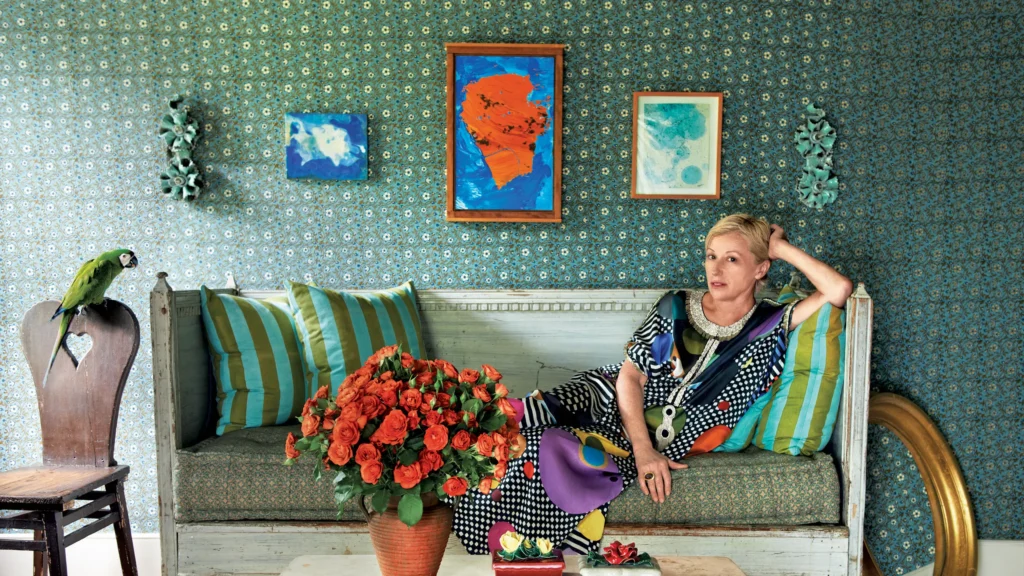
The Carnivalesque and the Grotesque
A defining characteristic of Sherman’s work is its embrace of the carnivalesque and the grotesque. Drawing on the traditions of carnival and masquerade, her photographs revel in the absurd, the exaggerated, and the uncanny. This is particularly evident in her later series, such as “Clowns” (2003-2004) and “Sex Pictures” (1992). The former series features Sherman in garish clown makeup, her expressions vacillating between joy and terror, while the latter confronts the viewer with unsettling images of mannequins in sexually explicit poses. These works challenge the viewer to confront the boundaries of taste and decency, questioning societal taboos and the commodification of the body.

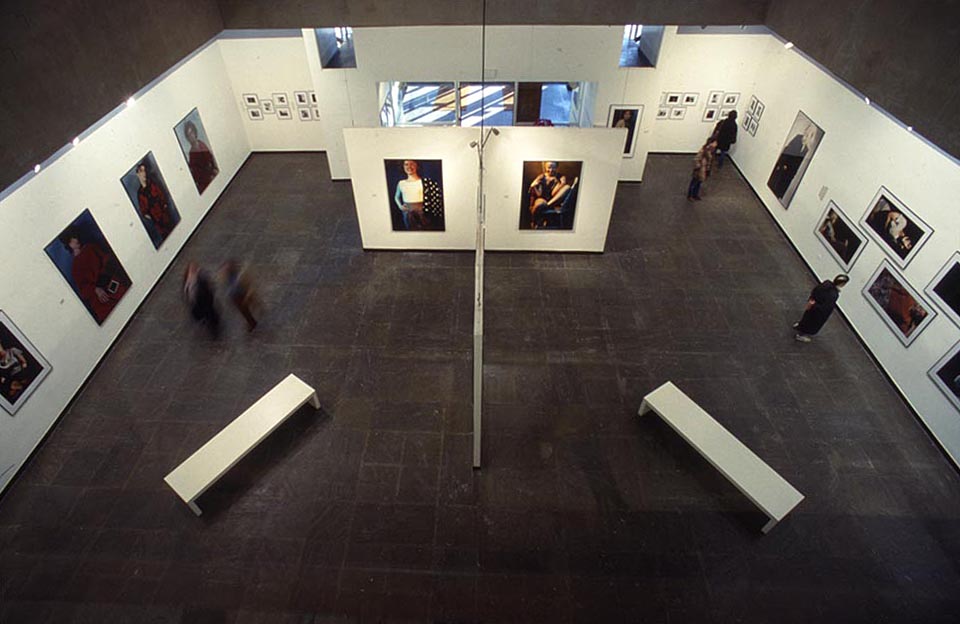
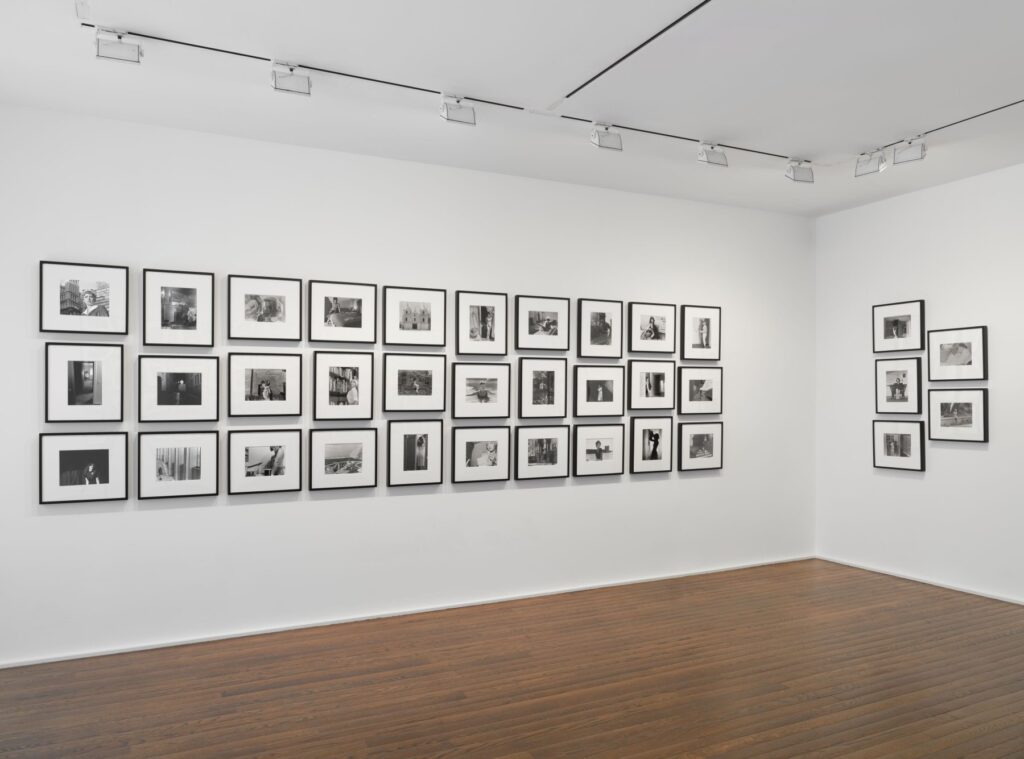
The Politics of Identity and Representation
Central to Sherman’s artistic practice is a rigorous interrogation of identity and representation. Her work engages with feminist theory, postmodernism, and psychoanalysis, exploring how identities are constructed, performed, and perceived. In the “Untitled Film Stills,” Sherman adopts the guise of various female archetypes, from the ingénue to the femme fatale, revealing the ways in which women’s identities are mediated by the male gaze and popular culture. This exploration is extended in series such as “Society Portraits” (2008), where Sherman portrays aging socialites, their faces grotesquely altered by cosmetic surgery. These images critique the societal pressures on women to maintain youth and beauty, exposing the underlying anxieties and insecurities.
Female Representation and Changing the Status Quo
Cindy Sherman’s oeuvre is a relentless critique of female representation in visual culture. Through her transformative self-portraits, Sherman dismantles the entrenched stereotypes and roles that women have been historically confined to, challenging and reshaping the status quo of gender portrayal in art and media.
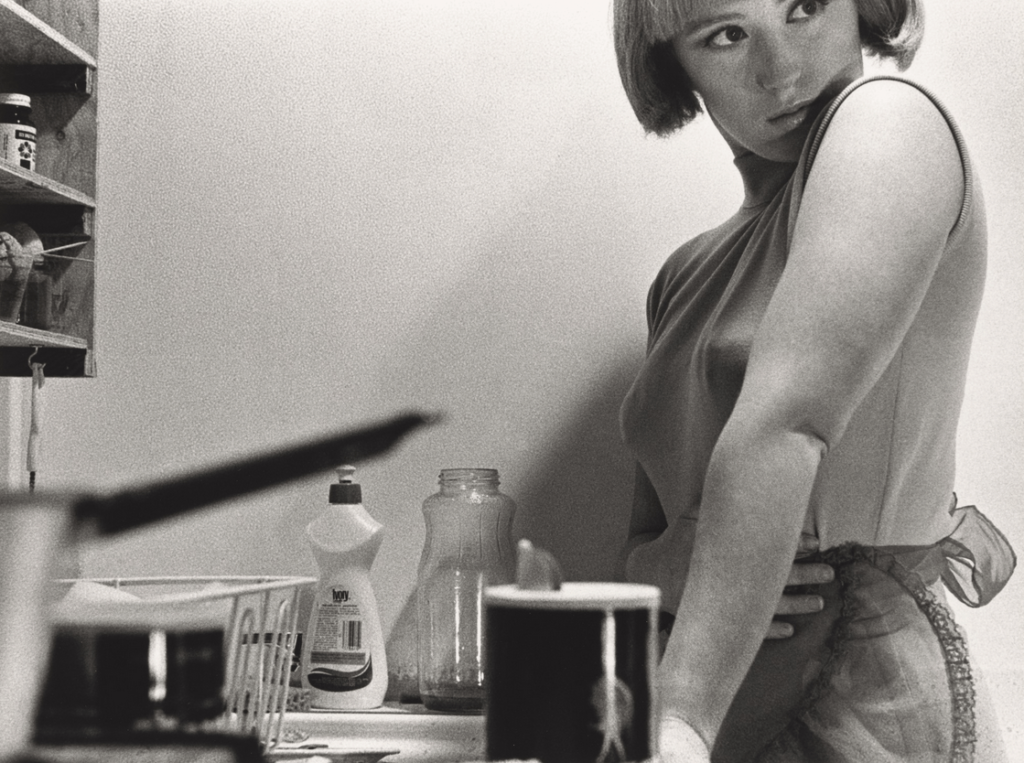
Deconstructing Female Archetypes
In the “Untitled Film Stills,” Sherman presents herself in various female roles that are instantly recognizable, drawing from the tropes of mid-20th-century Hollywood, film noir, B-movies, and European art-house films. These images are not mere imitations but rather complex commentaries on the roles women have been scripted to play. By embodying these stereotypes, Sherman exposes their constructed nature and critiques the limited and often contradictory roles available to women. The ingénue, the seductress, the housewife—all are laid bare as societal constructs rather than authentic identities.
Sherman’s “Centerfolds” series (1981) takes this deconstruction further. Inspired by the horizontal format of Playboy magazine’s centerfolds, these photographs feature Sherman in vulnerable, contemplative poses. Instead of inviting a voyeuristic gaze, these images confront the viewer with the discomfort and complexity of the subjects’ inner lives. The series challenges the objectification inherent in traditional centerfold imagery, turning the viewer’s gaze back on itself and questioning the ethics of spectatorship.
Subverting Beauty Standards
Sherman’s “History Portraits” series delves into the portrayal of women in classical art. By placing herself in the roles of various historical and mythological figures, she critiques the idealization and objectification that have long been central to the depiction of women in art history. Sherman’s use of prosthetics and exaggerated makeup in these portraits adds a layer of grotesque absurdity, subverting the beauty standards and expectations traditionally associated with these images.
In her “Society Portraits,” Sherman confronts the pressures of contemporary beauty standards head-on. These images of aging socialites, with their faces altered by cosmetic surgery, reveal the desperation and absurdity of the pursuit of eternal youth and perfection. The grotesque exaggeration of their features serves as a powerful critique of the societal obsession with appearance and the lengths to which individuals will go to conform to these standards.

Challenging the Male Gaze
Sherman’s work is deeply rooted in feminist theory, particularly the concept of the male gaze as articulated by Laura Mulvey. By taking control of the camera and her own representation, Sherman disrupts the traditional power dynamics of the gaze. Her photographs refuse to conform to the passive, objectified roles that women have been relegated to in visual culture. Instead, they assert a complex, multifaceted identity that resists easy categorization or consumption.
The “Sex Pictures” series is a stark example of this challenge to the male gaze. These images, which use mannequins and prosthetic body parts in sexually explicit poses, confront the viewer with the commodification and objectification of the female body. The grotesque and often disturbing nature of these photographs forces a confrontation with the darker aspects of desire and consumption, subverting the eroticism that typically characterizes such imagery.
The Alchemy of Transformation
Sherman’s work is characterized by a relentless pursuit of transformation. Each photograph is a meticulously crafted tableau, a testament to her skills as both artist and actress. Her transformations are not limited to physical appearance; they extend to the emotional and psychological realms, embodying a spectrum of human experiences and states of being. This alchemical process is evident in the “Fairy Tales” series (1985), where Sherman inhabits the roles of various characters from folklore and mythology. These images are imbued with a haunting, dreamlike quality, blurring the boundaries between fantasy and reality, innocence and corruption.
The Experimental Ethos
What sets Sherman apart as a pioneering artist is her unwavering commitment to experimentation. Her work defies easy categorization, transcending the boundaries of photography, performance, and sculpture. She employs a diverse array of techniques and materials, from traditional black-and-white film to digital manipulation, prosthetics, and props. This experimental ethos is evident in the “Disasters” series (1986-1989), where Sherman uses prosthetic limbs, fake blood, and other materials to create nightmarish scenes of bodily decay and disfigurement. These images challenge the viewer’s perception of reality, confronting them with the fragility and impermanence of the human body.



The Influence and Legacy
Sherman’s influence on contemporary photography and visual culture cannot be overstated. Her work has inspired a generation of artists to explore themes of identity, gender, and representation, challenging the conventions of the medium. Photographers such as Gregory Crewdson, Jeff Wall, and Gillian Wearing have drawn on Sherman’s techniques and themes, expanding the possibilities of photographic art. Moreover, Sherman’s work has had a profound impact on popular culture, informing the aesthetics of fashion, advertising, and cinema. Her images have been appropriated and reinterpreted in countless ways, testifying to their enduring relevance and power.
The Poetics of Subversion
To engage with Cindy Sherman’s work is to embark on a journey through a labyrinth of identities, each one a reflection of the human condition’s complexity and multiplicity. Her photographs are poems in visual form, rich with metaphor and symbolism, inviting the viewer to contemplate the nature of selfhood and the roles we play in our lives. Sherman’s art is a mirror, reflecting our deepest fears, desires, and contradictions, challenging us to look beyond the surface and uncover the truths that lie beneath.

Conclusion
Cindy Sherman’s subversive art has indelibly changed the landscape of contemporary photography, pushing the boundaries of the medium and challenging our perceptions of identity and representation. Her work is a testament to the power of art to question, to provoke, and to transform. Through her relentless experimentation and profound conceptual vision, Sherman has created a body of work that is both timeless and timely, a testament to the enduring power of the human imagination. Her photographs are a mirror to our times, reflecting the complexities and contradictions of contemporary life, and inviting us to see the world anew through the lens of her unique vision.



